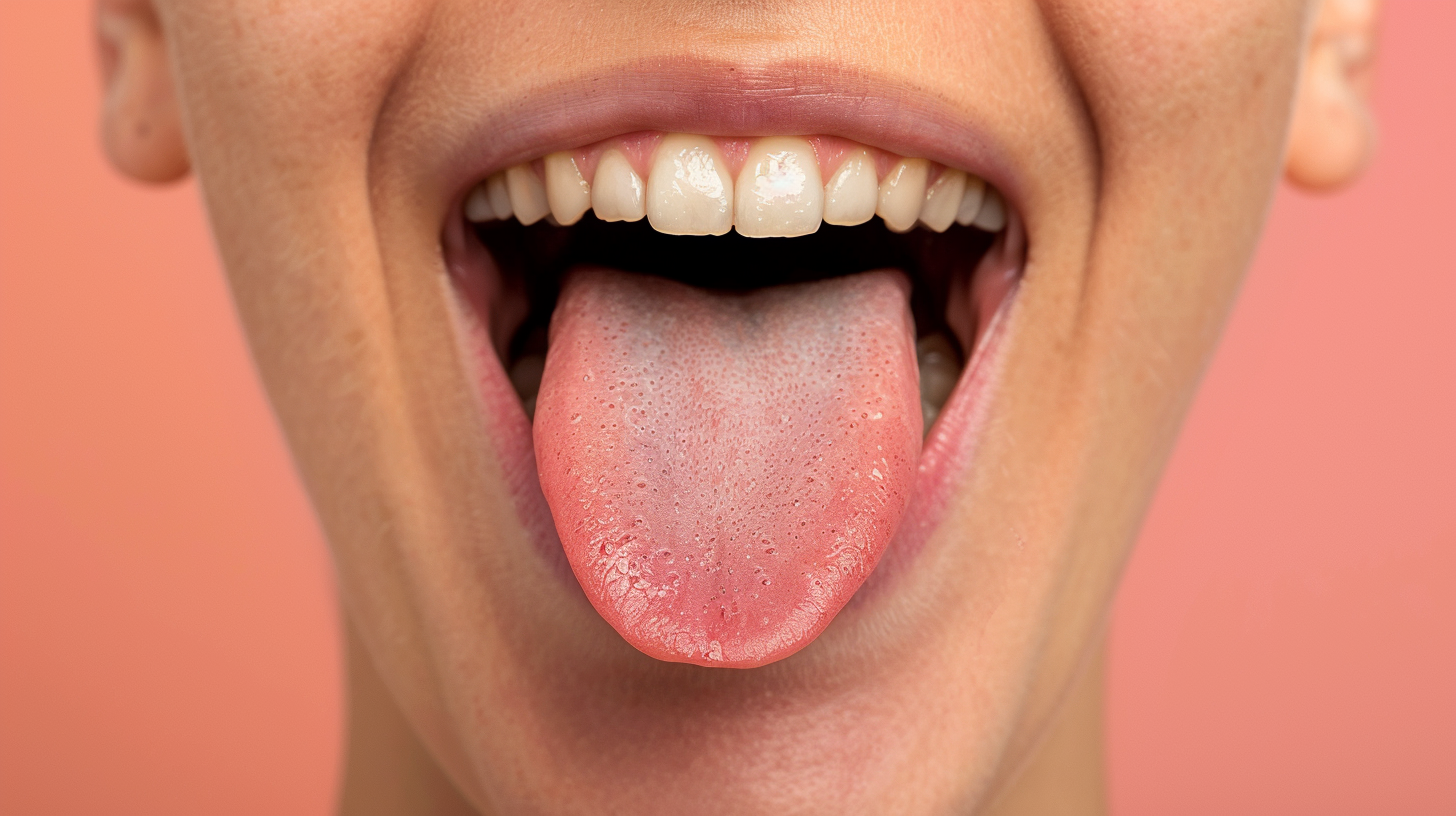Introduction: Breathing, Posture, and the Pelvic Floor Work as a Team
When your posture is off, your breath is off—and that disrupts everything beneath it, including the pelvic floor. This often-overlooked muscle group stabilizes the spine, supports digestion, and even affects how we vocalize and regulate emotion.
At BreatheWorks, we view core and pelvic floor health through the lens of airway alignment and myofunctional therapy, offering a whole-body approach to lasting relief.
How the Breath Influences the Pelvic Floor
Every breath you take—if done well—creates a rhythmic pressure wave between the diaphragm, abdominal wall, and pelvic floor. But with poor posture or dysfunctional breathing:
- The diaphragm can’t fully descend
- The abdominals and pelvic floor become tense or unresponsive
- Pressure increases in unhealthy ways (e.g., during strain or exertion)
- This leads to incontinence, prolapse, back pain, or frequent sighing and shallow breathing
These issues are often mistaken as unrelated symptoms—or even as purely gynecological or urological problems—when in fact the root cause may be structural.
Real-World Case: A 40-Year-Old Woman with Back Pain and Pelvic Pressure
She was referred for jaw and breath retraining but reported:
- Chronic low back tightness
- Occasional stress incontinence when coughing
- History of orthodontic work, bruxism teeth grinding, and TMJ tightness
- Difficulty breathing deeply, especially when stressed
Evaluation showed:
- Collapsed thoracic posture and forward head
- Weak diaphragmatic coordination
- Mouth breathing during rest and sleep
- Poor tongue posture and swallowing pattern
- Overactive pelvic floor without core engagement
BreatheWorks therapy focused on:
- Restoring nasal breathing and diaphragm-pelvic coordination
- Myofunctional therapy to stabilize oral and jaw muscles
- Postural work for rib cage and cervical mobility
- Collaboration with a pelvic floor PT and PCP
Outcomes:
- Decreased pelvic tension and more complete breath cycles
- Improved continence and reduced back pain
- Better voice projection and emotional regulation
- Sleep improved and fewer episodes of daytime fatigue
Why Structural Posture Affects the Pelvic Floor
When the upper body collapses:
- The diaphragm can’t create space or regulate pressure
- The abdominals bulge or collapse instead of support
- The pelvic floor bears the load—leading to dysfunction
- Symptoms appear far from the source (jaw, breath, hips)
Correcting posture upstream has downstream benefits throughout the core.
How BreatheWorks Supports Pelvic and Core Recovery
✅ Myofunctional therapy to align breath, jaw, and diaphragm
✅ Postural rehab focused on thoracic spine and rib cage
✅ Nasal breathing programs to reduce pressure and fatigue
✅ Collaboration with pelvic floor specialists, ENTs, and PTs
✅ Support for people of all genders experiencing core dysfunction
Signs the Pelvic Floor May Be Affected by Breath and Posture
- Incontinence when sneezing, coughing, or laughing
- Pelvic pressure or tightness
- Chronic back, hip, or tailbone pain
- Voice fatigue or shallow voice projection
- Frequent sighing, breath holding, or bracing the core
- TMJ issues, bruxism, or poor tongue posture
Key Takeaways
- The breath, diaphragm, and pelvic floor form a coordinated system
- Poor posture disrupts this system, leading to strain and dysfunction
- Myofunctional therapy can help realign and retrain this chain
- BreatheWorks offers integrated care for breath, posture, and pelvic wellness



